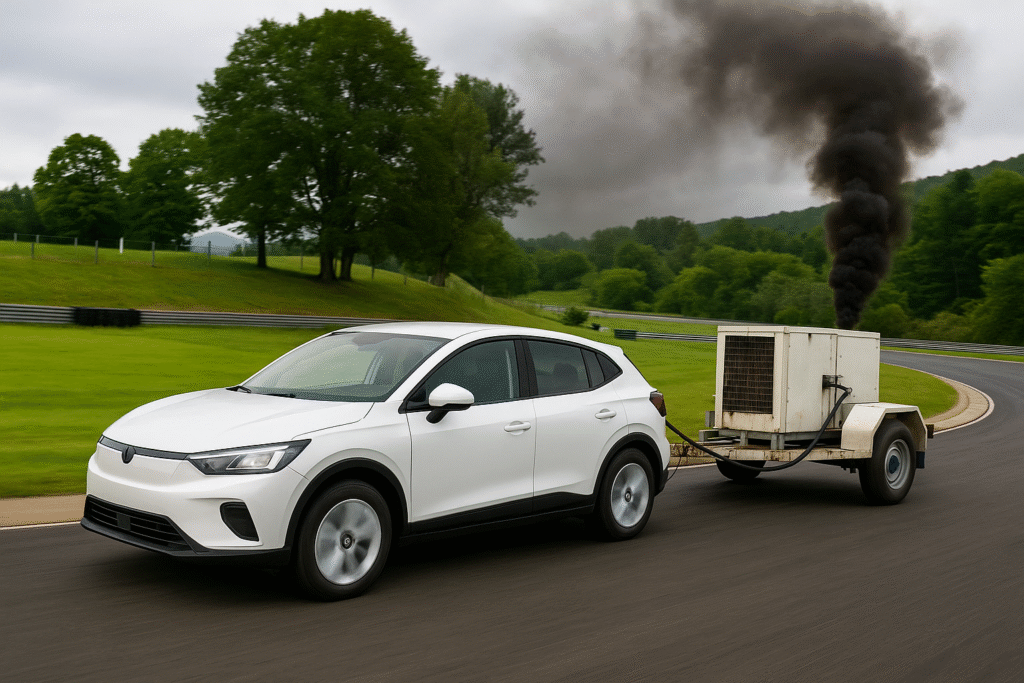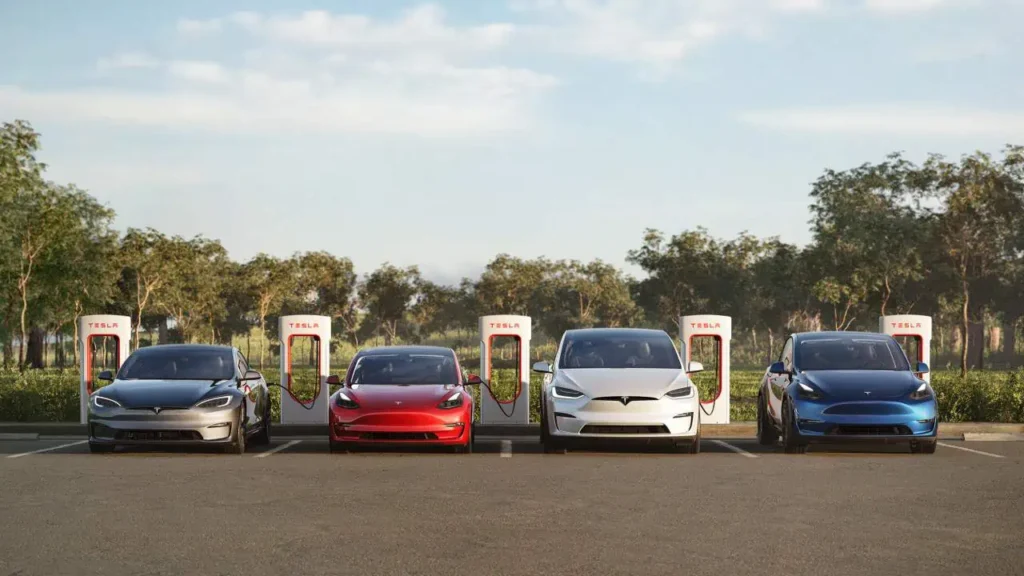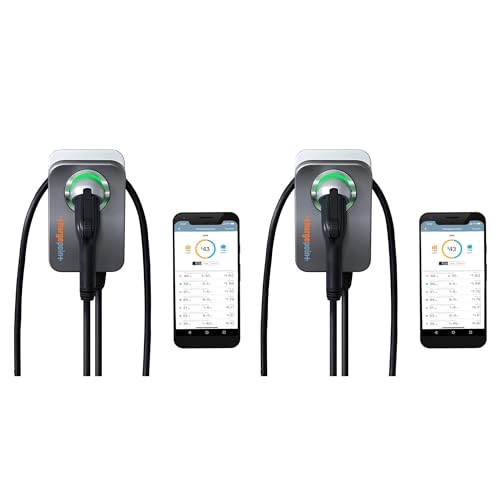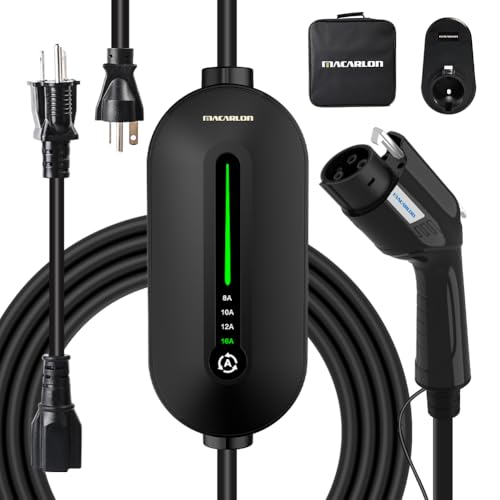Table of Contents
- Revolutionary Battery Technology Transforming Electric Vehicles
- Solid-State Batteries: The Future of EV Power
- High-Efficiency Electric Motors: Maximum Performance, Minimum Energy
- EV Design Innovation: Aerodynamics Meets Efficiency
- Top Electric Vehicle Models 2025: Performance and Features
- EV Charging Infrastructure 2025: Complete Solutions Guide
- Smart Grid Technology and Sustainable Charging
- EV Charging Management: Essential Tips for Owners
- The Future of Electric Mobility
Revolutionary Battery Technology Transforming Electric Vehicles
The electric vehicle industry has experienced unprecedented growth in 2025, with EV battery technology advancements leading the charge toward mainstream EV adoption. Modern electric vehicles now feature cutting-edge innovations that address the primary concerns of potential buyers and minimizes range anxiety.

Solid-State Batteries: The Future of EV Power
Solid-state battery technology represents the most significant breakthrough in electric vehicle performance. These next-generation batteries offer:
- Higher energy density than traditional lithium-ion batteries
- Faster charging times – reducing charging from hours to minutes
- Extended driving range – eliminating range anxiety for consumers
- Improved safety with reduced fire risk
This revolutionary technology is transforming how consumers perceive electric vehicle practicality and reliability.
High-Efficiency Electric Motors: Maximum Performance, Minimum Energy
The latest electric vehicle motors utilize advanced permanent magnet technology to deliver:
- Superior performance with reduced energy consumption
- Enhanced driving experience across all vehicle classes
- Sustainable transportation solutions with lower environmental impact
- Optimized power delivery for both city and highway driving
EV Design Innovation: Aerodynamics Meets Efficiency
Leading EV manufacturers are revolutionizing vehicle design through:
Advanced Aerodynamics: Sleek designs that minimize drag coefficient, improving range by up to 15% without sacrificing style or comfort.
Lightweight Construction: Strategic use of carbon fiber, aluminum, and advanced composites to reduce vehicle weight and maximize efficiency.
Smart Integration: Seamless incorporation of advanced infotainment systems and driver assistance technologies that enhance safety and user experience.
Top Electric Vehicle Models 2025: Performance and Features
Tesla Model Y vs Ford Mustang Mach-E: Consumer Favorites
The current electric vehicle market showcases exceptional models that cater to diverse consumer preferences:
Tesla Model Y continues to dominate with its industry-leading technology integration and supercharger network access.
Ford Mustang Mach-E appeals to traditional automotive enthusiasts with its muscle car heritage combined with electric innovation.
Consumer reviews consistently highlight these vehicles’ superior performance, premium interior quality, and advanced technology features, making them top choices for prospective EV buyers.

EV Charging Infrastructure 2025: Complete Solutions Guide
Home Charging Solutions: Convenient Overnight Power
Home EV charging remains the preferred method for most electric vehicle owners:
- Level 1 Charging: Standard 120V outlet charging for basic needs
- Level 2 Charging: 240V home charging stations for faster overnight charging
- Smart Home Integration: Wi-Fi enabled chargers with mobile app control
Public Charging Network: Expanding Accessibility
The public charging infrastructure continues rapid expansion with:
- DC Fast Charging: 30-minute charging sessions for long-distance travel
- Workplace Charging: Employer-sponsored charging programs
- Retail Location Chargers: Shopping center and restaurant charging stations
Fast-Charging Technology: Reducing Charge Times
Fast-charging stations are revolutionizing electric vehicle travel:
- Ultra-fast charging capabilities up to 350kW
- Route planning integration with real-time availability
- Payment flexibility through mobile apps and contactless systems
Smart Grid Technology and Sustainable Charging
Intelligent Energy Management
Smart grid integration optimizes electric vehicle charging through:
- Load balancing to prevent grid overload during peak hours
- Dynamic pricing encouraging off-peak charging
- Renewable energy integration reducing carbon footprint
- Vehicle-to-grid technology allowing EVs to supply power back to the grid
Government Incentives and Support
EV charging incentives continue supporting infrastructure development:
- Federal tax credits for home charging station installation
- State rebates for public charging network expansion
- Utility company programs offering reduced electricity rates
- Municipal grants for workplace charging programs
EV Charging Management: Essential Tips for Owners
Mobile Apps and Route Planning
Successful electric vehicle ownership requires effective charging management:
- Charging station locator apps for finding nearby stations
- Real-time availability checking to avoid wait times
- Route optimization for long-distance electric vehicle travel
- Charging status monitoring for remote vehicle management
Best Practices for EV Charging
- Charge scheduling during off-peak hours for cost savings
- Battery maintenance through optimal charging habits
- Network membership programs for reduced charging costs
- Emergency charging planning for unexpected situations
The Future of Electric Mobility
The convergence of advanced electric vehicle technology and comprehensive charging infrastructure is creating an ecosystem that supports widespread EV adoption. As battery technology continues improving and charging networks expand, electric vehicles are becoming the practical choice for consumers seeking sustainable, efficient, and technologically advanced transportation solutions.
Strategic partnerships between automakers and charging providers, combined with continued government support, ensure that the electric vehicle revolution will continue accelerating throughout 2025 and beyond.










